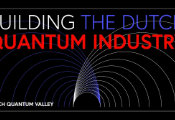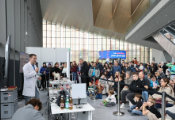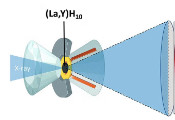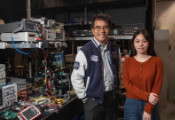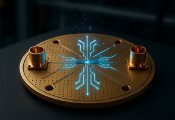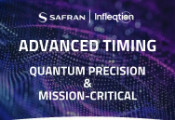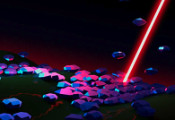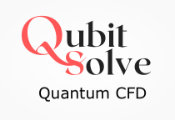Toward Quantum for the Real World: Photonic Team in Running for Center-Level Funding
December 16, 2024 -- Michigan is a contender for a $50 million center aiming to build a quantum technology robust enough for the real world and demonstrate its utility. With a $1 million grant to explore options over the next year, the Michigan-led team is one of 11 funded in the first phase of the National Science Foundation’s Quantum Science and Technology Demonstrations.
The team, whose project is called Quantum Photonic Integration and Deployment, or QuPID, aims to build the first chips that harness the incredible precision of light for real-world measurements in the field with quantum semiconductors. Working with leading industrial partners, the researchers will develop quantum systems that can perform the high-accuracy measurements.
“We’re essentially trying to build quantum gadgets and demonstrate their performance so that people can integrate them into their own devices, whether that’s AI, measuring the purity of a liquid, or predicting major storms months in advance,” said Mackillo Kira, U-M professor of electrical and computer engineering and principal investigator of the project.
The team is targeting applications such as ultrasensitive environmental monitoring, GPS-free navigation, ultrasensitive semiconductor chip quality control and detailed geological mapping of underground structures from the air or satellites.
“Transforming the quantum advantage demonstrated in labs to serve wide applications in the real world comes down to simplifying and packaging the instrumentation needed to manipulate and measure light properties,” said Parag Deotare, U-M associate professor of electrical and computer engineering and deputy director of the project.
“The center will explore creative approaches to achieve a robust quantum system that remains agnostic to the applications. In addition, we will create design kits that can be utilized globally by researchers and industries to adapt for specific applications.”
In the first phase of this competitive program, the team will explore new applications and materials, building on previous successes. Their breakthroughs include detecting previously undetectable radio signals via quantum sensing, discovering new particle-like elements within quantum materials using quantum light, and switching quantum information at speeds millions of times faster than traditional computers. They have also introduced a groundbreaking material: ferroelectric nitrides that store electric fields much like fridge magnets retain magnetization.
“No other material shows such promise as an all-in-one quantum-integration solution,” said Zetian Mi, U-M professor of electrical engineering and computer science and a co-principal investigator.
Ferroelectric nitrides could both produce and detect quantum entangled light, maintain internal quantum states, and convert light across a broad range of wavelengths without losses—all within a single chip. These versatile materials are also compatible with today’s silicon-based microelectronics, paving the way for the planned laboratory-to-chip transition.
A key role of the potential quantum center is to recruit and educate future talent. In addition to collaborating with outreach facilities that are part of U-M, the team has commitments from the Ann Arbor Hands-On Museum and St. Clair County Community College.
The principal and co-principal investigators represent all three components of new technology development: theory, materials research and device integration. Kira’s area is quantum theory, while Mi grows quantum materials atom by atom. Deotare and Jelena Vučković, professor of electrical engineering at Stanford, build quantum photonic devices, and Zheshen Zhang, associate professor of electrical and computer engineering at U-M, brings expertise in quantum sensing.
Beyond the team leads, QuPID includes researchers at Ohio State University, Harvard University, Michigan State University, the University of Arizona and the University of Southern California. Participating industry researchers hail from Honeywell, MONSTR Sense Technologies, TOPTICA Photonics, INTEL, KPIT, MITRE, Quantum Opus and Raytheon. The Air Force Research Laboratory and NASA Glenn Research Center are represented, as well as international collaborators from the University of Regensburg in Germany and Polytechnique Montréal in Canada.
By the end of the year, the team will submit a proposal laying out how they would pursue the most promising applications. If it succeeds, they will be awarded a further $4 million over two years to make progress toward demonstrating the technology in the lab—eight of the 10 initial teams are expected to be funded. After that, the NSF has budgeted for six teams to build their real-world-ready quantum devices, supported by up to $50 million over five years.
The Quantum Science and Technology Demonstrations are funded through the National Quantum Initiative Act.
The team will rely on the Lurie Nanofabrication Facility, the Michigan Center for Materials Characterization and individual faculty labs to produce and study quantum materials.
Kira and Deotare also have appointments in physics at U-M.

